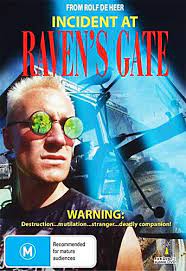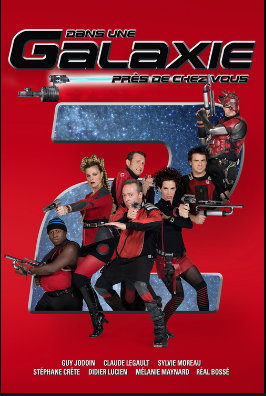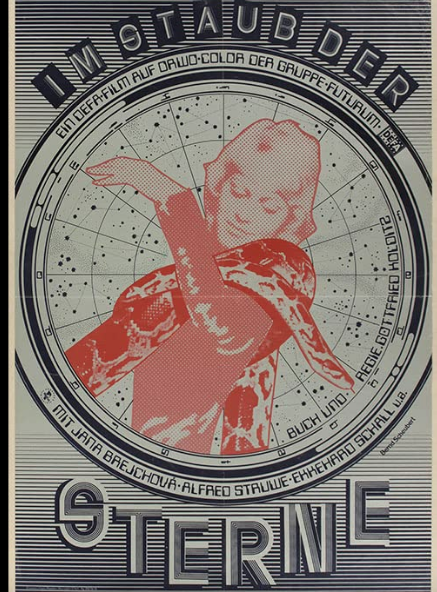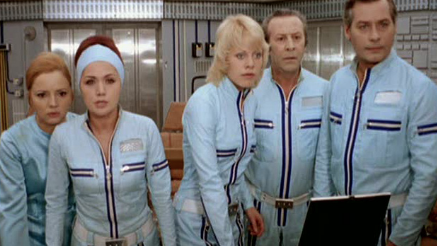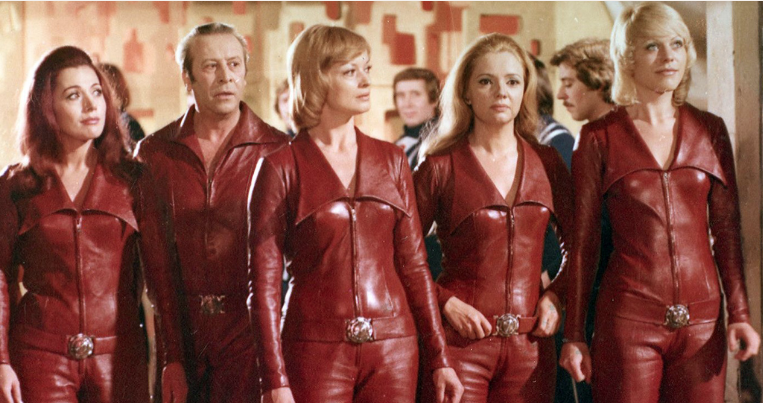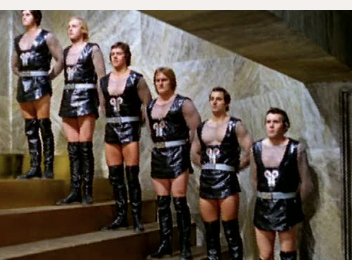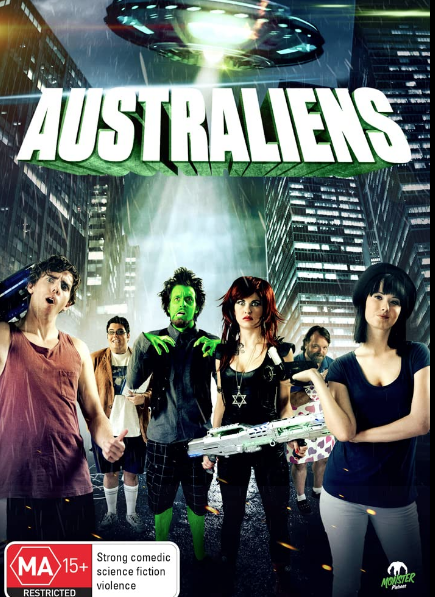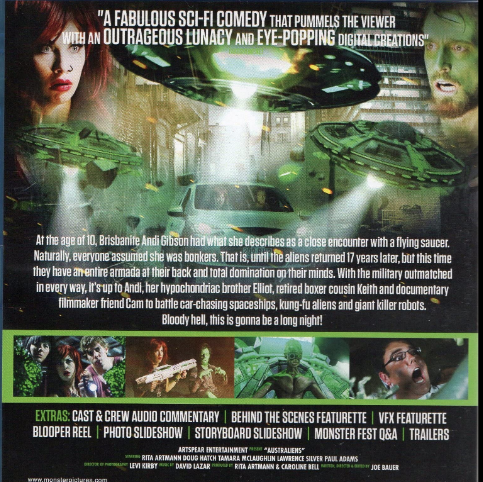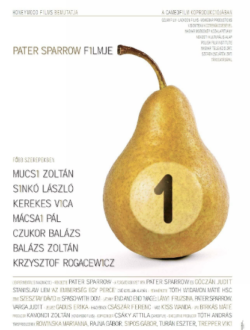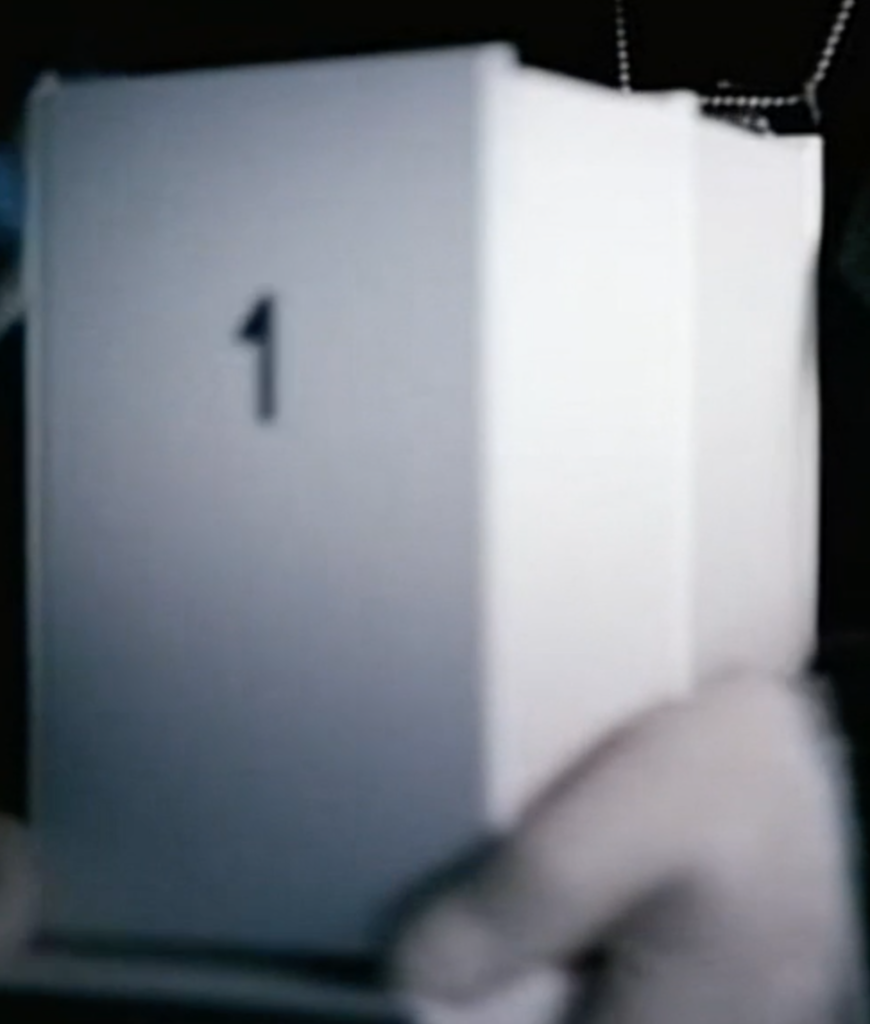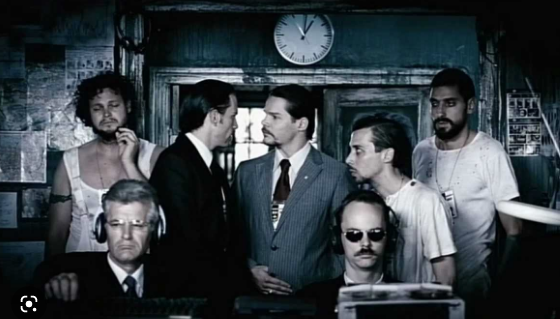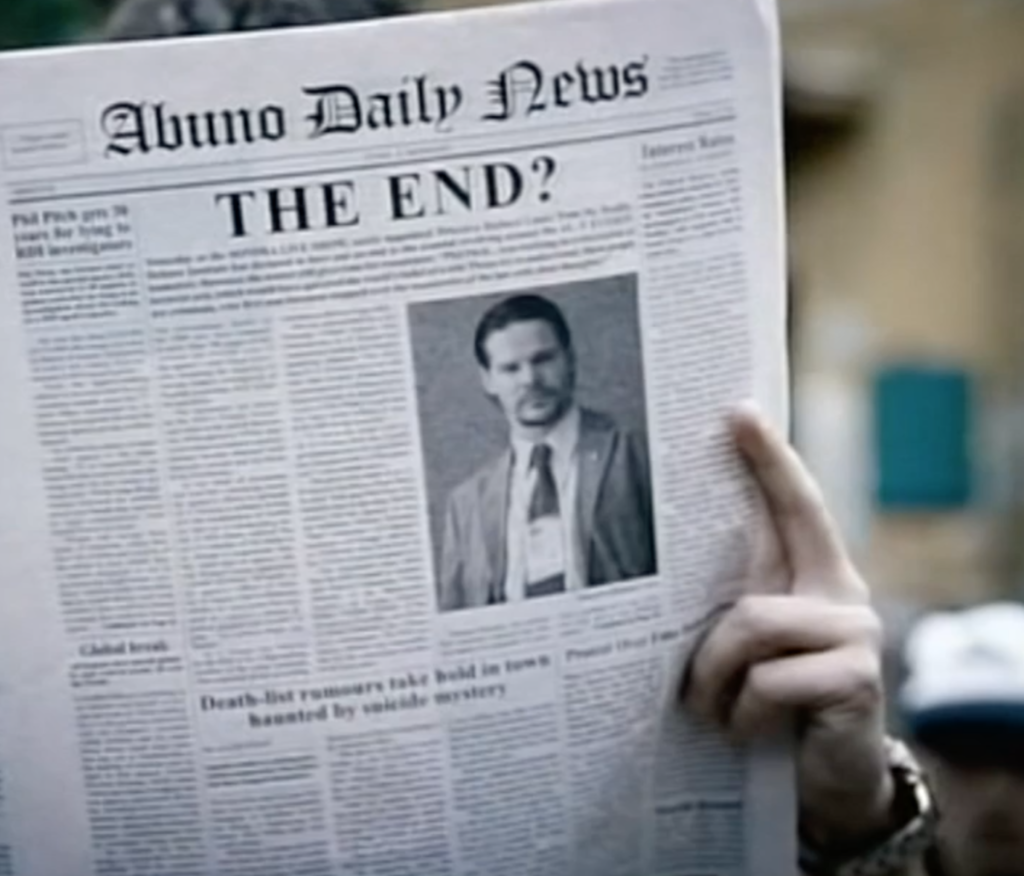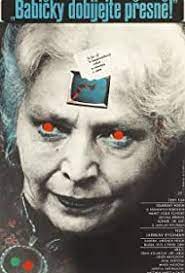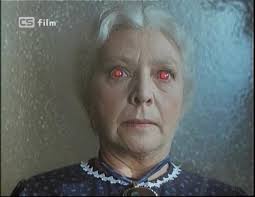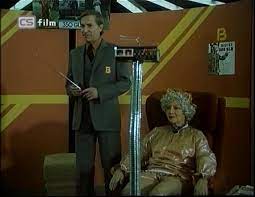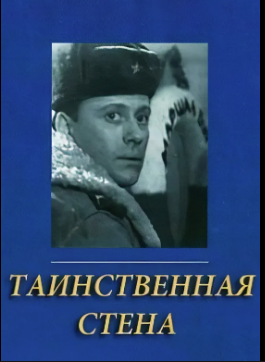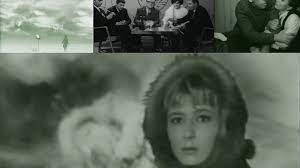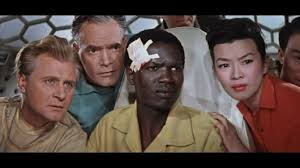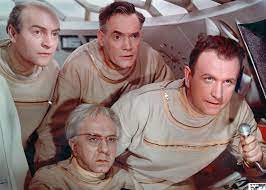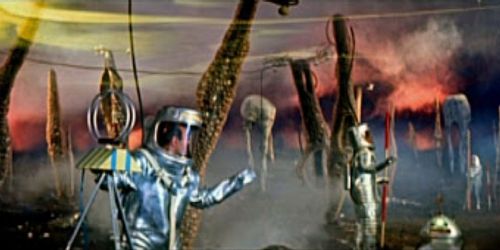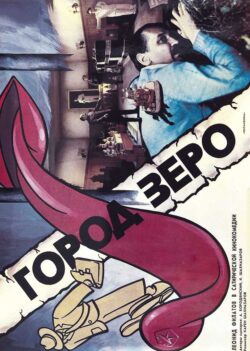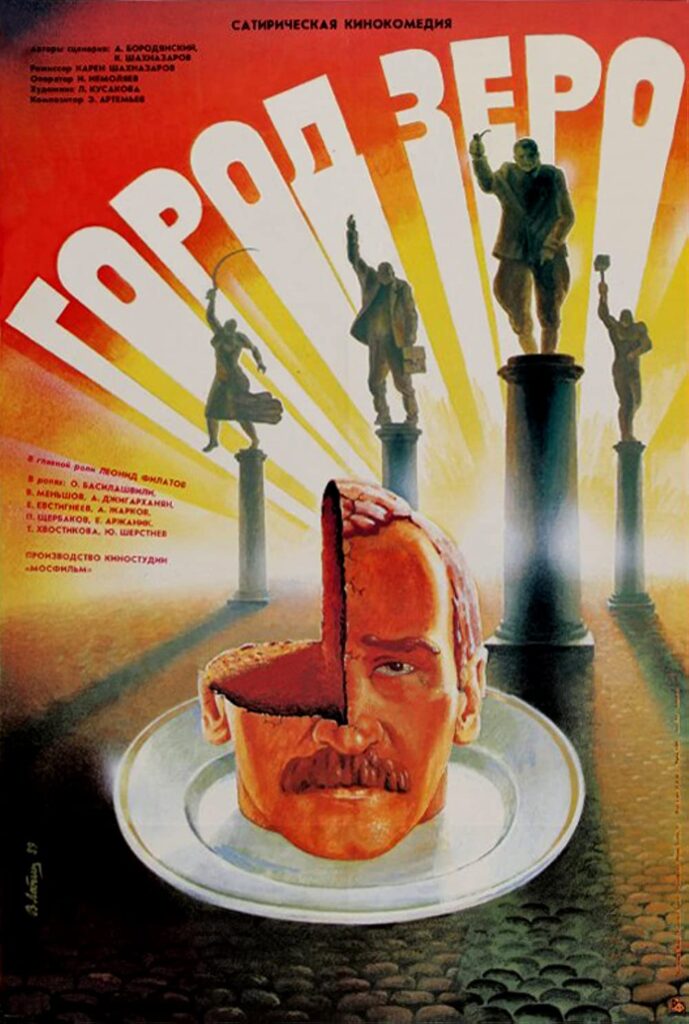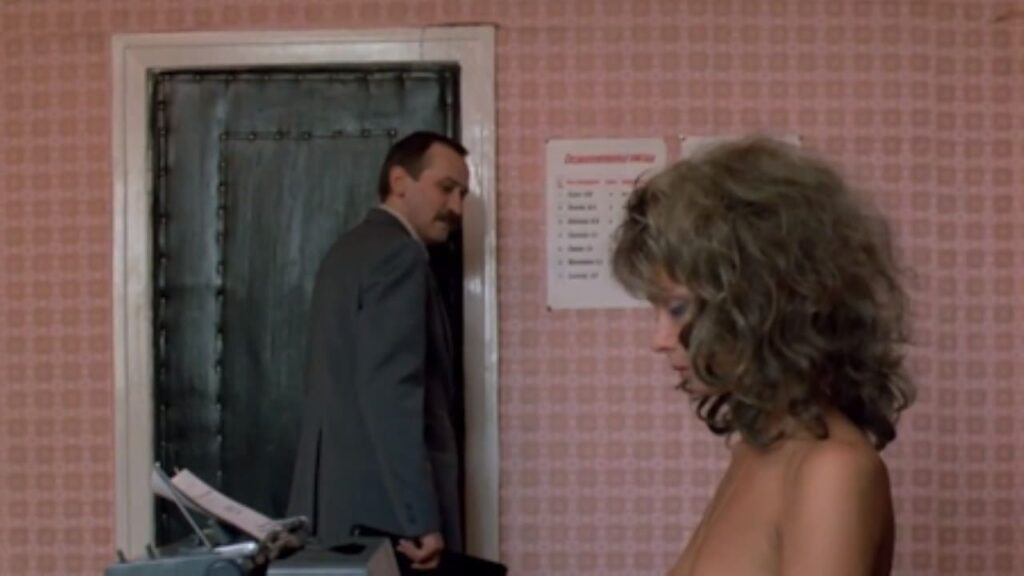Incident at Raven’s Gate (1988) aka Encounter at Raven’s Gate
IMDb runtime of 1 hour and 34 minutes, rated 5.4 by 568 cinematizens.
Genre: Sy Fy; Species: Alien incursion.
DNA: Strine.
Verdict: Dark, very.
Tagline: ‘It’s for you!’
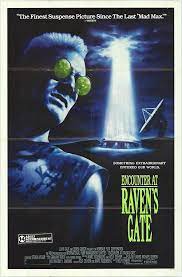
In the trackless Outback (near Broken Hill whose energetic Tourist Board attracts film crews like flies) is a variant of Cain and Abel, two brothers, one wife. The older married brother is determined to farm the sand, while his younger brother plows here and there.
Since Younger did time in the Big Smoke, the local copper pins every crime and misdemeanour on him, but mainly stealing the town football trophy (that is Australian Rules football to you, Mate!).
This copper is nuts, by the way, and obsesses over Verdi operas day and night, when everyone knows Puccini’s music is better.
Assorted incomprehensible events occur that no one pays much attention to. Birds fall dead from the sky. A smouldering crop circle is cut into the desert flora and it seemed electrically charged. A house with an older couple in it implodes, killing them, and leaving behind… Yep, that’s right, the football trophy, which is found by another cop who is hard of hearing, and slow of thinking.

It opens at the Parks Radio Observatory tracking something entering the atmosphere and a scientist is sent to find the remnants. He is a midget and doubles as an ASIO agent (see Australiens for details of ASIO agents) wearing a tan, double-knit polyester safari suit.
The loco local cop harasses a bar maid despite her repeated efforts to brush him off. She dies at his hands. No one investigates.
Water seems to be disappearing from tanks but no one is interested enough to investigate.
The midget kills the hearing impaired cop, and no one seems much bothered.
The married brother goes nuts, spouting Sunday school phrases. His wife shoots him – dead. No one seems much bothered.
One of the two destroyed houses is rebuilt (and off camera I guess the five or was it six bodies are buried).
We are left none the wiser. By the way, this is an Australian outback devoid of aboriginals.
The telling is thriller style, that is, disjointed and confusing to cover plot holes and the lack of character establishment or development.
A critic — me — summed it up thusly, turgid, baffling, inexplicable, uneventful, and incomprehensible. Moreover, the lens cap was on the camera for much of the run time, offering muddy, unintelligible, obscure images of murk, darkness, inky blackness, and less.
The one man seems to have done everything from producing, directing, writing, camera work, and catering. No second opinion evidently was heard or heeded.
Still it made me appreciate better some of the other turkeys I have seen because I could at least see them.

